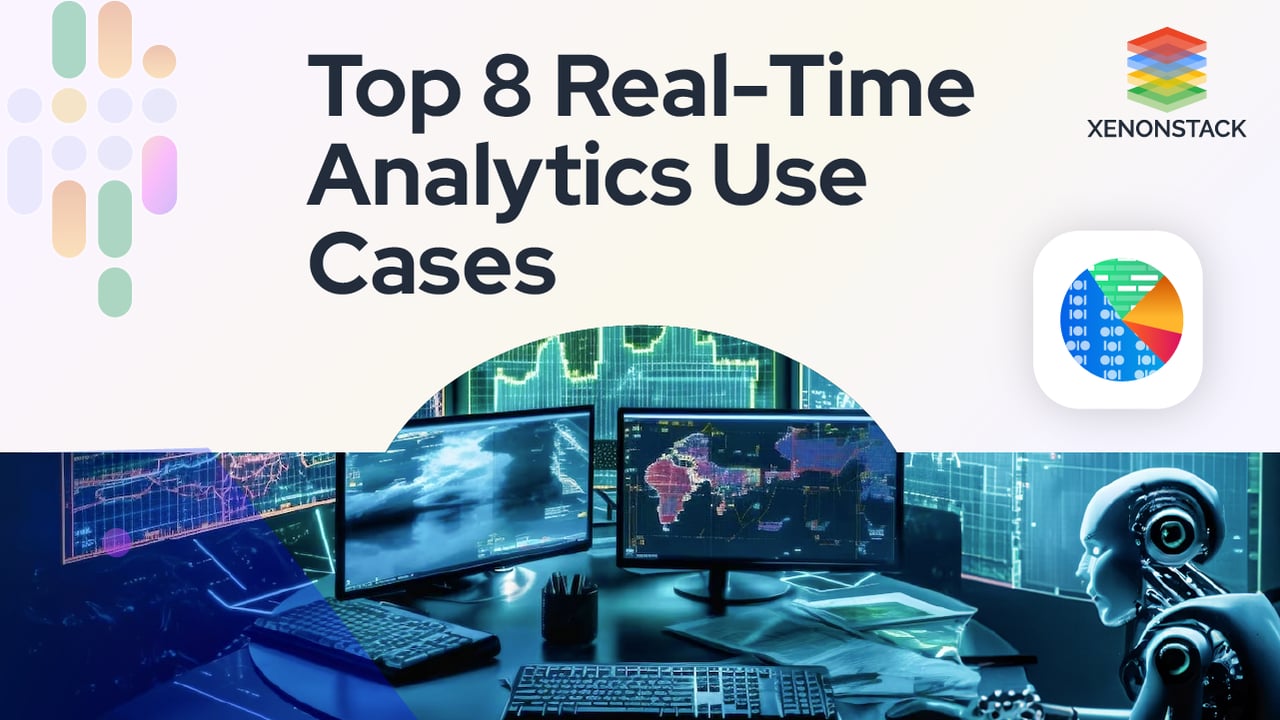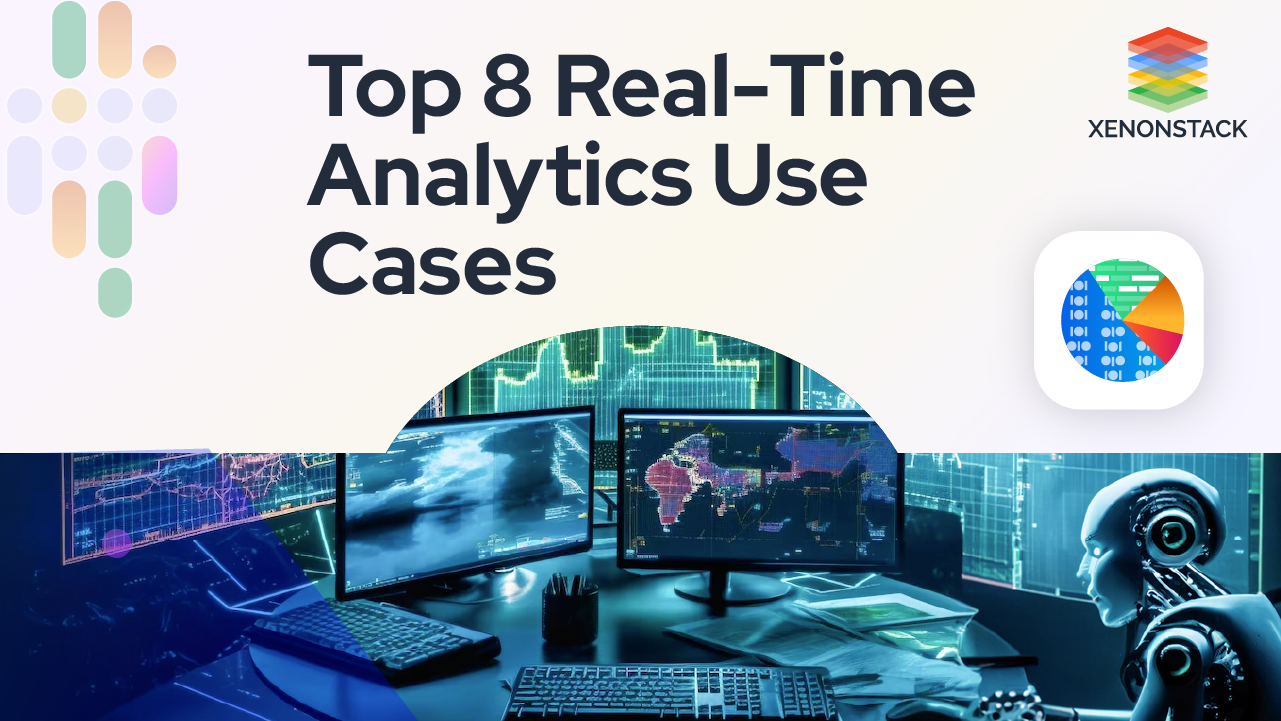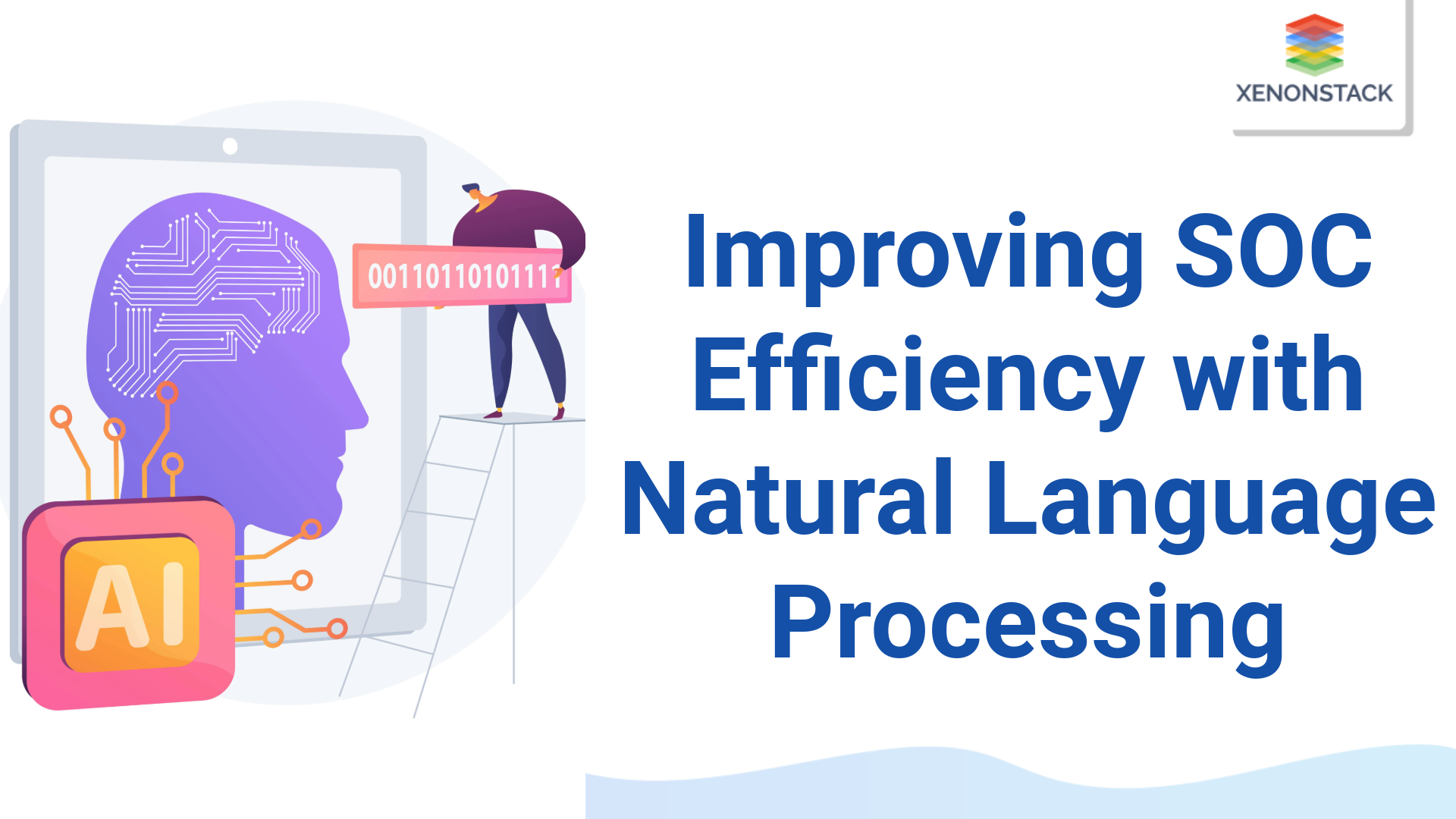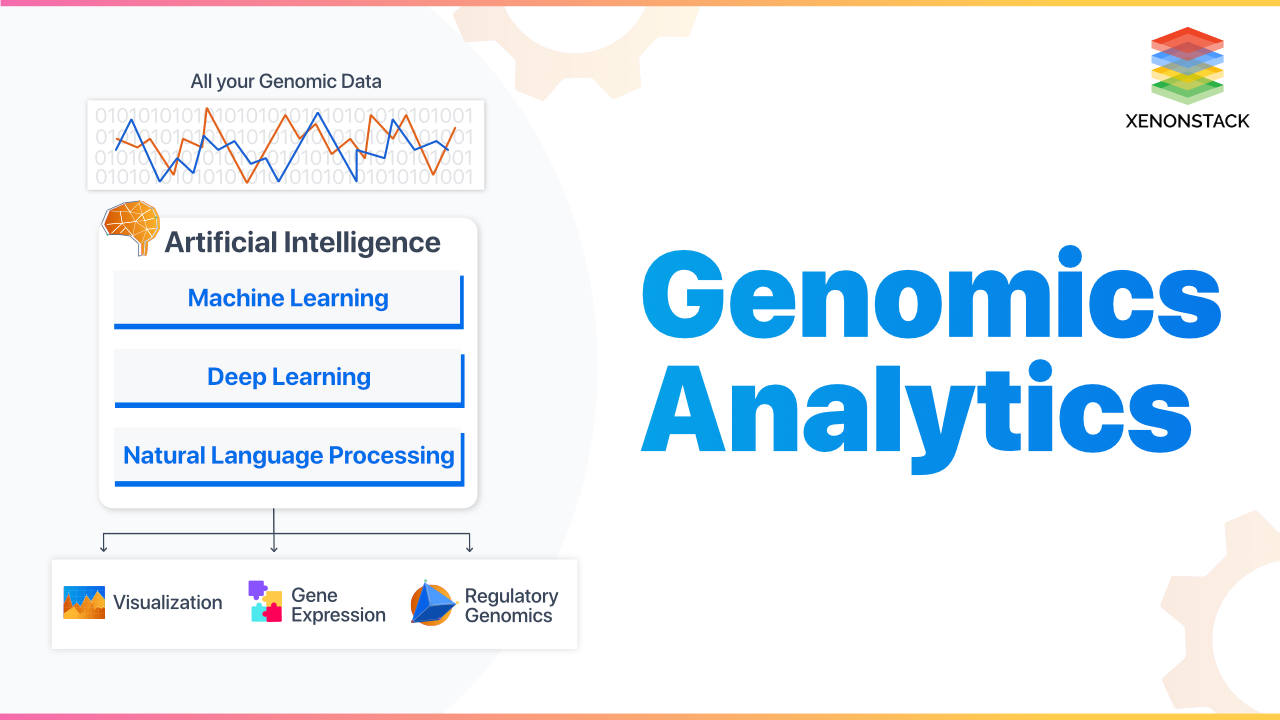
Introduction to Real-Time Analytics
Data without context is worthless. All our efforts will be in vain if we hesitate to act, pivot, or modify. We can examine every rock and draw every potential lesson from it. We will only maximize the return on our investment if we utilize all the technology. Today, we can successfully communicate with our data, ask it questions, use it to make predictions, and train it to recognize new patterns. This is what data's potential is. The fundamental change from IT-driven business analytics initiatives to one where business and IT share in this choice is now the new normal amid the analytics market's ongoing evolution. There is no question that analytics has taken on a strategic role for most firms today.
What is Real-Time Analytics?
Real-time analytics is a powerful approach that enables data processing as soon as it becomes accessible, allowing for the prediction, comprehension of relationships, and automation of various processes. Real-time analytics empowers decision-makers to gain valuable insights and make faster, more informed decisions by applying logical and mathematical techniques to data. Its ultimate objective is to provide a rapid and efficient understanding of data.
As a result, new consumers and new expectations have emerged. What has changed is the requirement that judgments be made immediately and communicated to a large audience. The shifting workforce is bringing about a new method of working. Training manuals are no longer standard in offices; today's workforce demands an accessible interface for quick setup. This drives us to the notion of real-time analytics.
Data scientists can now employ real-time analytics for the following aspects:
-
Making operational decisions and continuously applying them to production operations, such as business procedures and transactions.
-
Real-time viewing of dashboard displays with continuously updated transactional data sets.
-
Using current predictive and prescriptive analytics.
Explore more about the top real-time analytics tools
Growing Importance of Real-Time Analytics
Real-time analytics is a method that makes use of the fact that standard batch analytics tools frequently work against the user's interests by not only analyzing data later but also by waiting for data to show up. Decision-making delays brought on by this data gap can cost businesses time, money, and resources.
Streamed data is almost always more profitable. Companies know that most data has a limited shelf life; therefore, the quicker they can transform data into knowledge, the more valuable it will be.
Businesses can utilize real-time data analytics to:
-
Predicting client behavior
-
Fixes the technical issues with standard data batching processing.
-
Increase speed
-
Make wiser business choices.
-
Be proactive in increasing client satisfaction
-
Lengthen your reaction time
-
Develop more innovative products and services.
-
Process improvement and automation for business
A multi-step process and includes complex transformations that require total durability and fault tolerance. Taken From Article, Real-time Data Streaming using Kafka
How do Real-Time Analytics work?
Let's dissect the phrase "real-time analytics" to gain a better understanding of what it means:
- Real-time - Data is continuously and quickly gathered and processed.
- Analytics - Actionable insights are retrieved by applying algorithms to the data.
Real-time analytics is now clear to us as a process rather than a tool. Real-time operations across all areas are necessary to "make real-time analytics work."
Explore more about Continuous Intelligence in real-time analytics
1. Gather Beneficial Data
Real-time analytics can only be effective if we gather pertinent data as it becomes available. We must comprehend what information is crucial to our company and how it might be gathered. The process begins with this stage. One might be the manager of a manufacturing business, for instance. They must be aware of whether a machine is functioning flawlessly or is beginning to exhibit signs of failure. They must gather and continuously monitor data from the machine sensors to accomplish that.
Integrating data platforms enables the seamless ingestion of real-time data, allowing for the collection of relevant information as it becomes available. Using appropriate tools, such as the MongoDB Connector for Apache Kafka, allows data transfer with event streams to be easily implemented. This means we can efficiently extract data from Apache Kafka topics and seamlessly write it to a MongoDB Atlas cluster, among other possibilities.
2. Combine Information from Several Sources
We usually gather data from multiple sources. We must assemble the information from each source to conduct an exhaustive study. Collecting data from several sources is the second step in the real-time analytics process.
This frequently leads to cumbersome ETL (extract, convert, and load) procedures or tailor-made pipelines for convergent data. These products are expensive, challenging to manage, and slow down real-time analytics. Using the MongoDB Atlas Online Archive, we can mix transactional and historical data to produce a more thorough analysis while keeping costs low. With the Online Archive, it is possible to query and automatically archive old data simultaneously. MongoDB Atlas Data Lake also enables you to retrieve data from your MongoDB Atlas cluster and an AWS S3 bucket using a single query. This makes it simple to study both recent and old data.
3. Analyze to Draw a Conclusion
The third and last phase in the process is extracting valuable insights from the data. The real-time analytics approach makes sense at this point. However, we need the appropriate tools to examine data. The secret to success is being able to query data to comprehend and analyze it. Several technologies resolve that issue differently. For instance, the MongoDB Query API enables on-the-fly data analysis in our operational database.
Batch and real-time processing are standard data processing methods with unique characteristics and applications. Taken From Article, Batch vs Real Time Processing
Use Cases of Real-Time Analytics
The trending Real-Time Analytics Use Cases are below:
1. Supply Chain
Logistics fleet managers use real-time analytics to monitor fleets, optimize routes, and avoid bottlenecks like traffic, ensuring fast and secure deliveries.
-
Route Planning Optimization - Modern analytics software uses real-time data for route planning algorithms to identify the most cost-effective, efficient, and quickest delivery routes, helping drivers avoid obstacles and save time.
-
Identifying Persistent Driver Issues - Continuous real-time data collection helps identify recurring problems faced by drivers. For example, if two drivers take the same route, analytics can reveal why one uses more fuel than the other.
-
Driver Behavior Analytics with ELDs - Electronic Logging Devices (ELDs) provide insights into driver behavior. Informing drivers about areas with risky turns can increase their awareness and prevent future accidents.
-
Reducing Operational Risks with Real-Time Analytics - Real-time analytics can predict equipment failures by using data science techniques like thermal imaging, vibration analysis, infrared, and acoustics. This helps reduce supply chain disruptions.
-
Remote Sensor Networks for Equipment Monitoring - Remote sensor networks use real-time analytics to monitor equipment and operational data (e.g., oil sensors for wear debris detection), reducing maintenance costs.
-
Using Accelerometers for Vibration Analysis - Accelerometers gather data for real-time vibration analysis, which provides insights into equipment conditions by converting signals into time waveforms or Fourier transforms.
-
Evolution of Supply Chain Data Management - Traditional supply chain management relied on ERP systems and periodic data updates. Modern supply chains need real-time data collection and analysis to respond to rapid supply and demand changes.
-
Analyzing Inventory Turnover for Demand Forecasting - Supply chain dashboards analyze inventory turnover rates, a key metric for understanding demand fulfillment. Incorporating social media sentiment data further improves demand forecasting.
Explore more about Supply Chain Analytics and its Use Cases
2. Finance
Real-time analytics enable financial institutions to quickly correlate, evaluate, and act on large volumes of financial data, such as transactional data, corporate updates, price trends, and trading information.
-
Detection of Market Manipulation - Real-time analytics can identify patterns of market manipulation, such as illicit trading and price tampering. It can detect questionable practices like insider trading or artificial price inflation by analyzing data from various sources, including Twitter, newsfeeds, and corporate announcements.
-
Combating Payment Fraud and Money Laundering - The banking sector struggles with payment fraud and money laundering, which can cause financial losses and damage reputations. Real-time analytics, combined with machine learning and Markov models, can help banks develop rules that immediately detect fraud by analyzing incoming data streams.
-
Use of Markov Models in Fraud Detection - Markov models simulate systems with random changes and calculate the probabilities of various states and their transitions. They help identify unusual transaction patterns and detect complex fraud schemes, such as criminals breaking large transactions into smaller ones to launder money.
Deep dive into Analytics Platform for the Banking and Finance Industry
3. Manufacturing
Manufacturing operations like inventory management may be continuously monitored, managed, and improved with real-time analytics. It can also alert you to bottlenecks and let you see how your manufacturing plant operates in real-time. The facility's installed machinery, sensors, CRMs, ERPs, and extra cameras can all provide this data. One may obtain a thorough overview of the activities taking place with your inventory in real-time using real-time analytics. This covers the likelihood of sales, inventory prices, and the condition of aging goods. For instance, watching a dashboard for aging commodities can help you avoid having unsold inventory and enable you to sell soon-to-expired things first. The following are some implications for real-time analytics in inventory management:
-
Descriptive analytics concentrates on the "what," i.e., what are your core inventory figures? These figures are displayed on dashboards. For example, you can examine a dashboard to see how much each unit of the recently delivered goods at the warehouse costs.
-
Diagnostic analytics seeks to identify the underlying reason for the presented data. For instance, if you want to know why, diagnostic analytics can offer insights into the choices that sparked growth in your company's month-over-month performance.
-
Predictive analytics uses real-time data to predict the future. For example, real-time analytics can use reports of a new COVID-19 variant outbreak to alert you to a potential PPE equipment shortage.
-
Prescriptive analytics suggests the course of action you should take. For instance, it can instruct you to complete 80% of a client's orders within four days.
In many industries, preemptive maintenance can help cut maintenance and downtime costs. A manufacturing organization, for instance, might be using a machine that is starting to malfunction. If you can identify it, this failure can be instantly fixed. Real-time analytics are crucial in this situation.
4. Customer Experience Management
Real-time analytics can offer up-to-date information about an organization's customers and communicate it to ensure better and faster business decisions can be made within the time frame of customer interaction in customer experience and relationship management.
-
Optimizing Customer-Facing Applications - Enterprises use real-time analytics to refine functionalities in customer-facing apps, enabling data-driven decisions for core features and enhancing the complexity of software rollouts.
-
Leveraging Location-Based Insights - Real-time analytics helps identify relevant data sets for specific geographic areas, providing users with timely updates and alerts based on location information.
-
Strengthening Marketing and Advertising Strategies—By analyzing real-time data like ad inventory, web visits, demographics, and consumer behavior, businesses can enhance audience targeting, optimize pricing, and increase conversion rates. Real-time analytics also enables offering targeted promotions and incentives in-store to boost sales.
-
Providing a Unified View of Customer Engagements - A CRM business offers its users a comprehensive, 360-degree view of marketing, support, and sales engagements. This unified approach allows users to access both individual contact profiles and corporate-level data in one place, enhancing understanding of the customer journey and enabling advanced predictive capabilities.
5. Healthcare
Real-time analytics is transforming healthcare by providing timely and actionable insights to healthcare professionals. It plays a critical role in enhancing treatment adherence, monitoring patient conditions, and enabling data-driven decisions to improve patient outcomes and reduce costs. Here’s how real-time analytics benefits the healthcare sector:-
Treatment Adherence Monitoring: Special therapies often involve complexities such as side effects or treatment failures, requiring active patient monitoring and engagement. Real-time analytics helps detect issues like severe side effects or a lack of perceived drug benefits, prompting timely interventions that can prevent treatment discontinuation and save payers costs.
-
Continuous Updates for Healthcare Providers: Real-time analytics systems provide healthcare professionals with up-to-the-second updates on patient conditions, offering suggestions and recommendations based on the latest data. This capability enhances decision-making and patient care.
-
Data Integration from EHRs: Real-time analytics systems extract relevant data points (e.g., progress notes and nursing observations) from Electronic Health Records (EHRs) to identify patterns that assist in diagnostics. These systems can detect subtle changes in a patient's condition as they occur, prioritizing patients whose conditions are deteriorating. While EHRs store comprehensive digital records of patient data, they lack the capability for real-time analysis, which is where real-time analytics becomes essential.
Know more about Data Analytics in the Healthcare Industry
6. Personalization
Real-time analytics enables businesses to analyze user behavior and deliver personalized experiences, significantly enhancing customer engagement and loyalty. By leveraging data-driven insights, companies can create tailored interactions that increase the likelihood of repeat business. Here's how real-time analytics is used for personalization:-
Customized User Experiences: Analyzing user behavior in real-time allows businesses to offer personalized experiences. For example, a customer who recently purchased a product may receive tailored suggestions or offers, encouraging them to return and make future purchases.
-
"Next Best Offer" Strategy: This approach uses predictive analytics to provide customers with relevant offers based on their past interactions and behaviors. For instance, an e-commerce platform might display related products to a customer based on their browsing history, enhancing the chances of conversion.
-
Personalized Shopping Experience: Real-time analytics combines transactional data (like active browsing sessions) with historical data (such as past purchases) to create a personalized shopping experience. This instant analysis helps increase the customer's overall order value and boosts the success of new product lines in the market.
7. Fraud and Error Detection
Real-time analytics plays a crucial role in identifying and preventing fraudulent activities and errors by providing instant detection capabilities. Here's how real-time analytics is utilized in these areas:
-
Fraud Detection: Real-time analytics allows for immediate detection and prevention of fraudulent activities, such as unauthorized credit card transactions. Traditional methods of fraud detection may require hours of data processing, but real-time systems can flag suspicious activity instantly, reducing the risk of financial loss.
-
Anomaly Detection for Errors: This technology is also effective in identifying clerical errors. For example, if a vendor updates product prices in an online store, real-time analytics can detect discrepancies and alert the vendor to correct the issues quickly, preventing pricing errors and maintaining accuracy.
8. Process Optimization
Real-time analytics is pivotal in optimizing business processes and turning digital transformation into actionable improvements. Here’s how real-time analytics enhances process efficiency:
-
Immediate Process Adjustments: Digital transformation alone doesn’t guarantee process improvements. However, real-time analytics allows for immediate analysis and correction of active processes, ensuring ongoing optimization. For example, performance issues in a web application can be identified and addressed before they lead to outages.
-
Production Planning: Integrating real-time analytics into production planning enables automatic adjustments based on current demand. This helps create a more agile supply chain, adapting to client needs efficiently.
-
Automation of Routine Tasks: Real-time analytics can also streamline routine tasks. For instance, chatbots can more effectively handle repetitive queries in call centers when real-time data from client interactions is analyzed, improving accuracy and efficiency.
What are the Benefits of Real-Time Analytics?
Real-time analytics allows companies to respond instantly, spot patterns in user activity fast, seize opportunities that might otherwise be lost, and head off issues before they start. Real-time analytics also has the following advantages:
1. Data Visualization
Real-time data may be visualized and represented as events across the organization, whereas historical data can only be used to create a graphic conveying a general picture.
Discover further insights into Visualizing Real-Time Streaming Data
2. Better Competitiveness
Real-time analytics enables businesses to spot patterns and benchmarks earlier than their rivals, who still rely on historical data. Thanks to real-time analytics, businesses can analyze the performance reports of their partners and rivals instantly.
3. Exact Information
To save time collecting pointless data, real-time analytics focuses on quick analyses that are constantly helpful in developing targeted outcomes.
4. Lower Prices
Real-time technology can be costly, but its numerous and ongoing advantages make it more cost-effective over the long run. The technologies also assist in preventing delays in the use of resources and information delivery.
5. Faster Outcomes
Automatically categorizing raw data enables queries to gather the correct data more effectively and quickly sort through it. This makes trend prediction and decision-making possible more quickly and effectively.
What are the Challenges of Real-time Analytics?
The issues with real-time analytics are:
1. Its Definition
The ambiguous concept of real-time and the varied criteria that follow from the various interpretations of the term are one of the biggest challenges in real-time analytics. To agree on a particular definition of real-time, what is required, and what data sources need to be used, enterprises must invest significant time and effort in gathering precise and thorough needs from all stakeholders.
2. Requirement of the System Architecture
The difficulty is to develop an architecture that can handle data quickly once the company has determined what real-time implies by consensus. Sadly, the processing speed requirements for different data sources and applications might range from milliseconds to minutes, making it challenging to design a strong architecture. Additionally, the architecture must be able to scale up as the data grows and be able to handle sudden changes in data volume.
3. Changes to Business Processes
A company's internal operations may be hampered by deploying a real-time analytics system. Businesses frequently neglect internal process improvements because of the technical requirements to build up real-time analytics, such as developing the architecture. Businesses should see real-time analytics as something other than their objective but a tool and place to start when enhancing internal operations.
4. Team Member Education
Finally, while integrating real-time analytics, businesses can discover that their staff is resistant to change. Businesses should, therefore, concentrate on educating and thoroughly articulating to their workers the benefits of the switch to real-time analytics.
Deep dive into Real-Time Analytics Architecture and Design
Summary of Real-time Analytics Applications
The utilization of real-time analytics will significantly impact pharmaceutical advertising and sales in the future. Instead of depending on conventional approaches, more drug manufacturers are expected to start utilizing emerging technology and applying real-time analytics. This will allow them to acquire more profound insights into consumer behavior and the state of the industry. Accurate forecasting can lower expenses while improving revenue and sales through marketing optimization.
Real-time analytics are also altering higher education. Organizations can promote potential pupils who best fit their institution based on criteria like exam results, academic records, and financial position. Educational institutions can assess students' likelihood of graduating and using their degrees to find lucrative employment. With real-time, predictive data analytics, they can also forecast a class's debt burden and income after graduation.
-
Explore more about Real Time Analytics Architecture
-
Read here about Real-time Video Analytics



